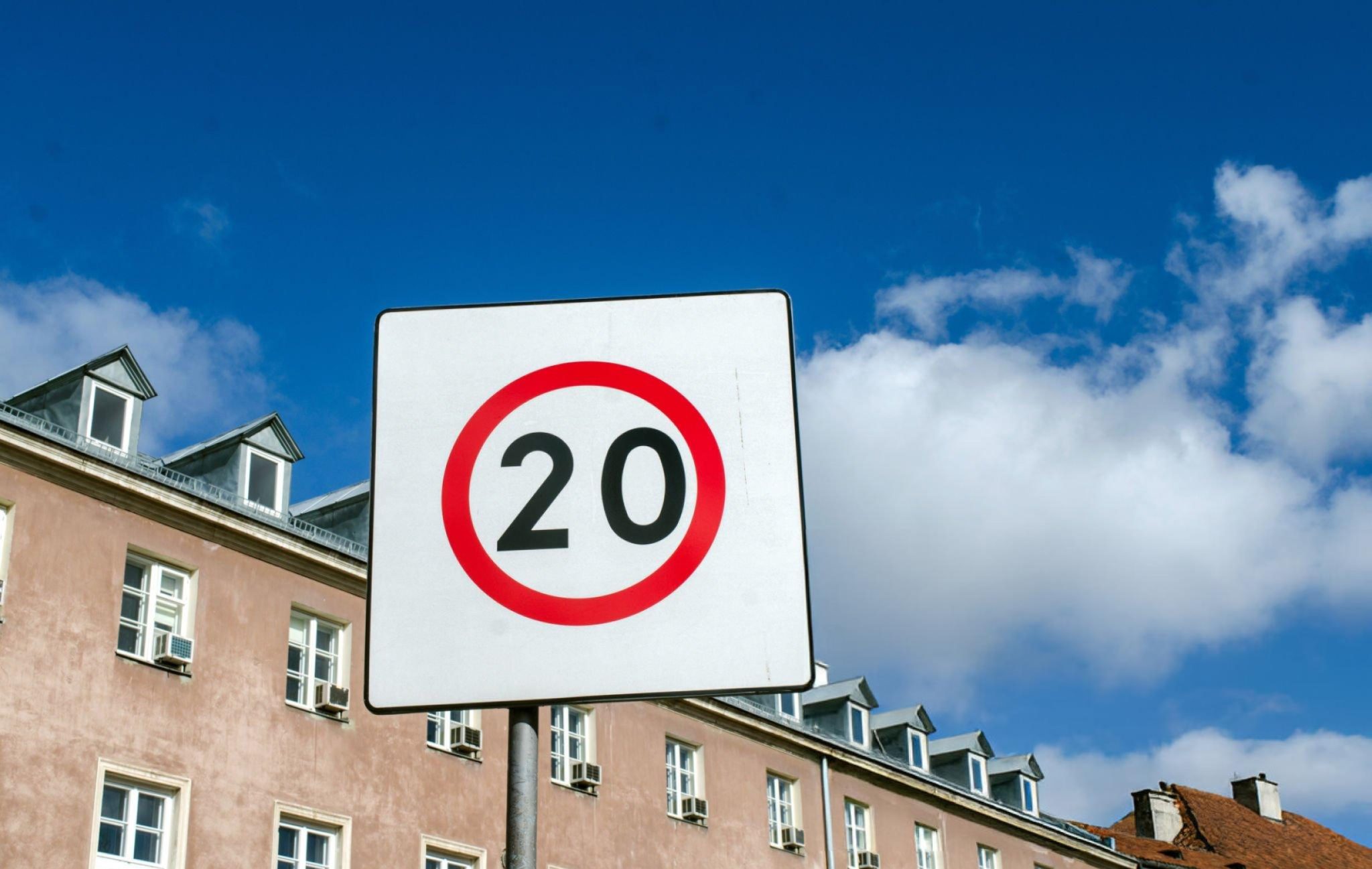The latest Transport for London (TfL) statistics released today provide yet more proof — if any were still needed — that lower speed limits save lives. For those of us who have been campaigning for safer streets for years, the findings are no surprise. For the sceptics, however, the facts should now be impossible to ignore.
As Leader of the Liberal Democrat-controlled Council in Richmond upon Thames, I can speak from experience. In 2020, we introduced a borough-wide 20mph speed limit on all roads under our control, with just a handful of exceptions. Roads previously set at 30mph were reduced to 20mph, and those at 40mph were brought down to 30mph.
We faced a barrage of criticism. Accusations of “anti-car” policies flew in. Some warned of endless delays, longer journey times, more congestion and higher pollution levels. Yet we held firm — not because it was easy, but because it was right. Safer streets aren’t just a political slogan; they’re a moral imperative.
And when we say “safe streets,” we mean for everyone — not just cyclists and pedestrians, but drivers too. Slower speeds give everyone more time to react. They reduce the severity of collisions when they happen and prevent many others altogether. The data released today confirms it: since the introduction of 20mph zones, London has seen a 34 per cent reduction in people killed or seriously injured in road accidents. Deaths alone are down 40 per cent, and most striking of all, child fatalities are down by 75 per cent.
That isn’t just progress. That is lives spared, families kept whole, futures protected.
And what of the supposed downsides? We were told that journeys would take 50 per cent longer. Yet anyone who drives in London knows that no one consistently does 30mph anyway. Traffic lights, junctions, buses, pedestrians — they all dictate the speed of travel, not the number on the sign. The difference between a 30mph and a 20mph limit in an urban area is often negligible in practice but potentially life-saving in impact.
As for pollution, studies — including those from Imperial College — have consistently shown that emissions from engines remain broadly similar at 20mph. In fact, there is a benefit: brake and tyre wear — both significant contributors to micro-particle pollution — are reduced at lower speeds.
Congestion? Let’s be honest: it’s the sheer volume of vehicles, not their speed, that creates jams. A slower-moving stream of traffic is not inherently more congested — and if fewer collisions result from slower speeds, that’s fewer road closures, fewer delays, and fewer emergency callouts.
With this fresh TfL data, boroughs that have yet to adopt a 20mph policy now face a serious question: what more do you need? The figures are not projections. They are hard evidence of fewer lives lost and fewer families devastated.
To drivers still clinging to their “right” to drive at 30mph — ask yourself: is your convenience worth more than a child’s life? More than an elderly person’s safety crossing the road? That’s not emotive hyperbole. That is the real-world risk posed by speed in a city filled with vulnerable road users.
Londoners deserve streets that are calm, civil, and safe. And the numbers show us how to get there. The time for debate is over. The time for leadership is now.
Cllr Gareth Roberts is Leader of Richmond upon Thames Council and Liberal Democrat London Assembly Member for the South West constituency.






